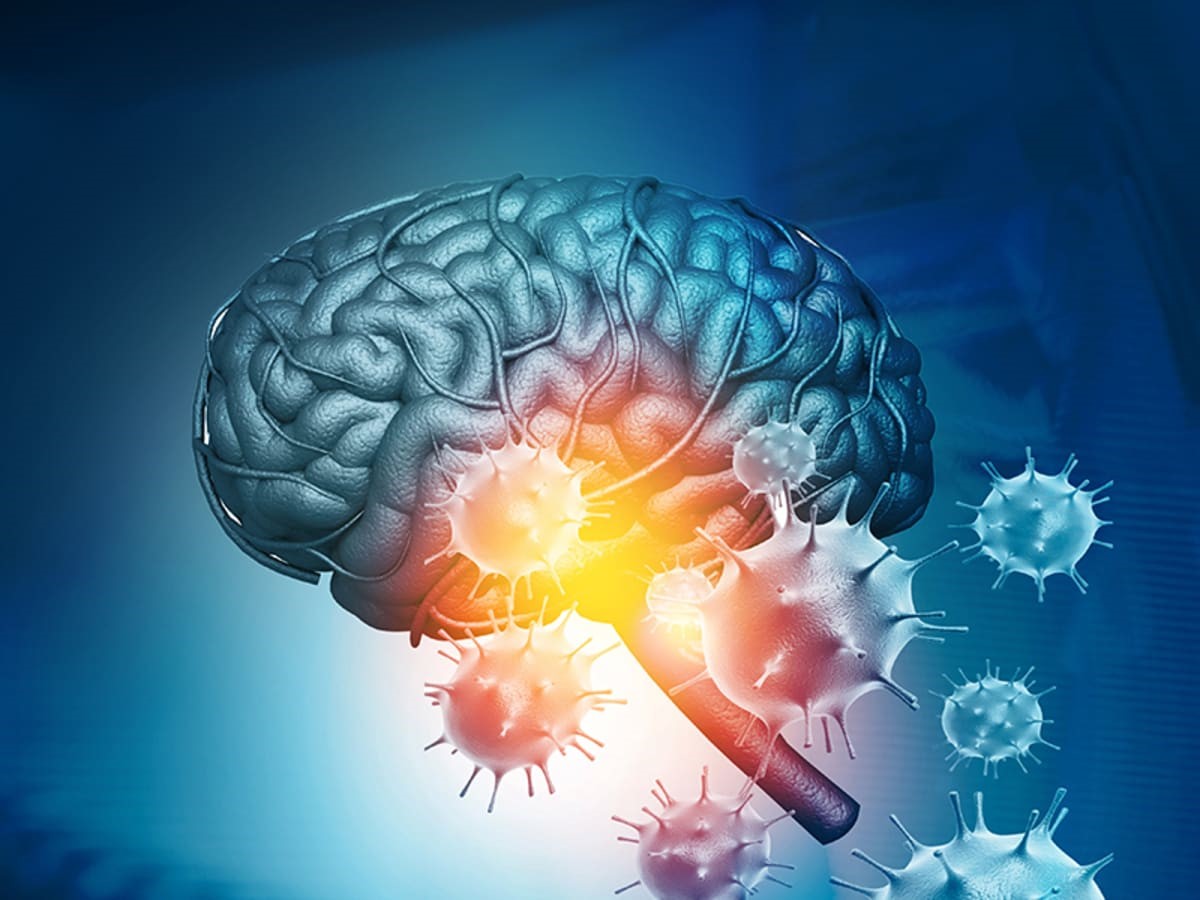First experience of using Xavron, a free radical scavenger, in patients with acute ischemic stroke

Abstract. Background. In acute ischemic stroke (AIS), more than 1,000 substances with known neuroprotective effects have been studied, but their effectiveness is considered insufficiently convincing. In 2018, Ukraine launched the release of a new free radical scavenger Xavron (active ingredient — edaravone), which since 2001 has been successfully prescribed in Japan for the treatment of AIS and is a part of the Japanese national guidelines for the treatment of AIS. The purpose of this work is to study the effectiveness of a new neuroprotective drug Xavron (edaravone) in the comprehensive therapy of patients with AIS.
Materials and methods. A prospective, integrated clinical, neurological and laboratory examination was conducted in 28 patients (13 women and 15 men) with AIS. The patients were divided into two groups that did not differ in terms of main characteristics and treatment. However, patients in the first group (n = 18) received Xavron (30 mg edaravone) twice daily intravenously. In the control group (n = 10), the drugs with neuroprotective effect were not used.
Results. The analysis of Glasgow Coma Scale scores showed a positive dynamics in the majority of patients in both groups without significant statistical difference (p > 0.05). However, the analysis of FOUR (Full Outline of UnResponsiveness) scores showed that in the group where Xavron was used for neuroprotection, since day 5 the level of consciousness was restored more quickly than in the control group. The difference between group 1 and controls became significant within 9–10 days of treatment (p< 0.05). On day 3 in the control group, the level of neuron-specific enolase (NSE) increased by 10 times (from 9.2 to 96.4 ng/ml). Subsequently, there was a rapid decrease in the NSE level, which in the main group of patients was normalized until day 10 of treatment, and in the control group, the NSE level did not reach the reference values within 10 days of therapy (p < 0.05).
Conclusions. The use of Xavron (edaravone) in patients with AIS was significantly effective in terms of neurological status (level of consciousness on the FOUR scale) and the dynamics of neurological markers (NSE). Further research is needed to clarify the role of Xavron (edaravone) in the intensive care of AIS patients.
Keywords: acute ischemic stroke; neuroprotection; edaravone; Xavron


